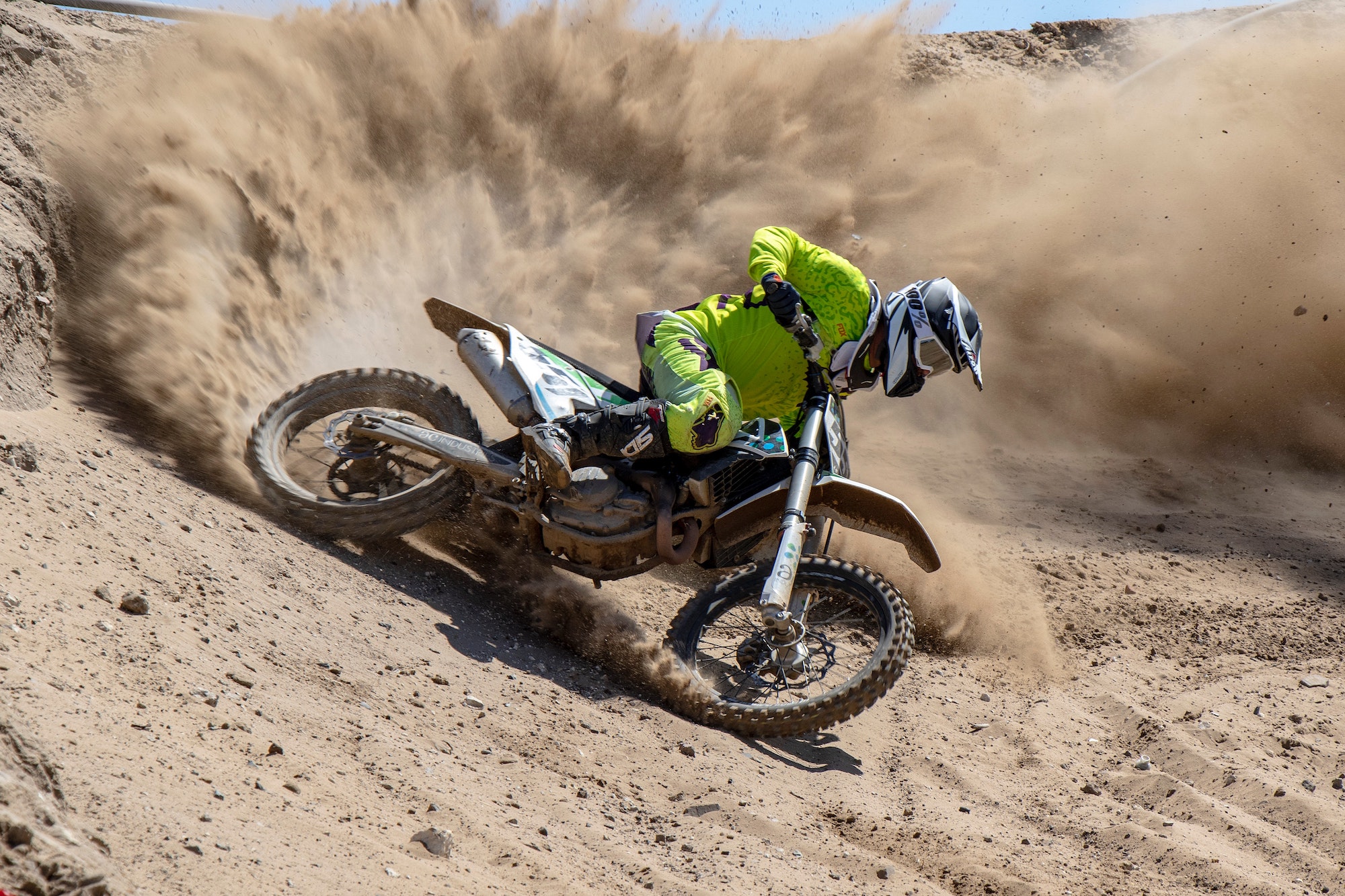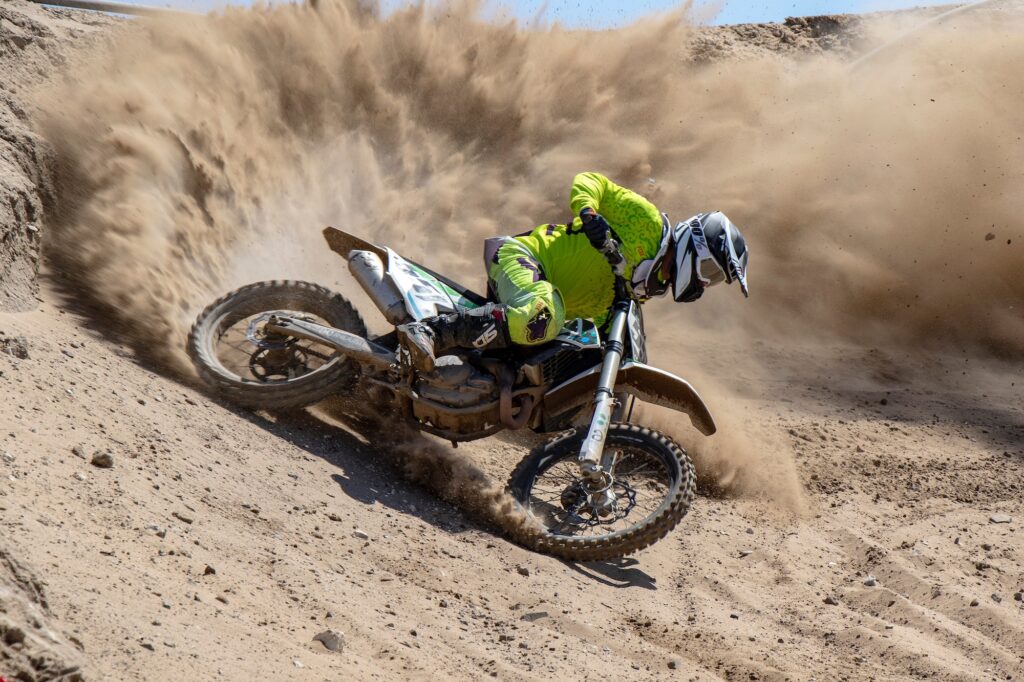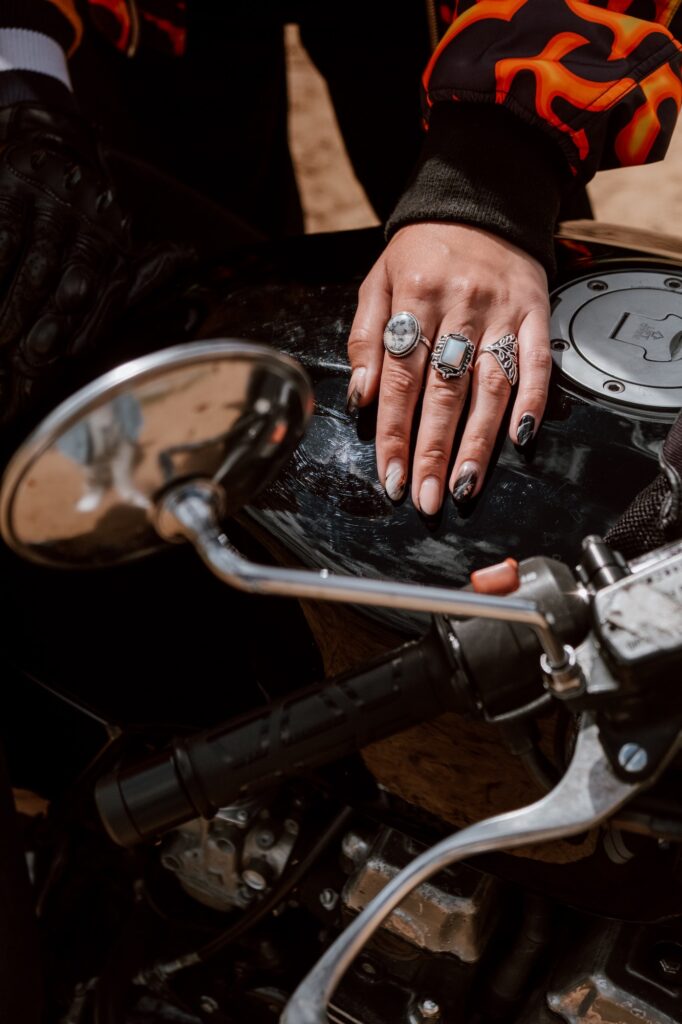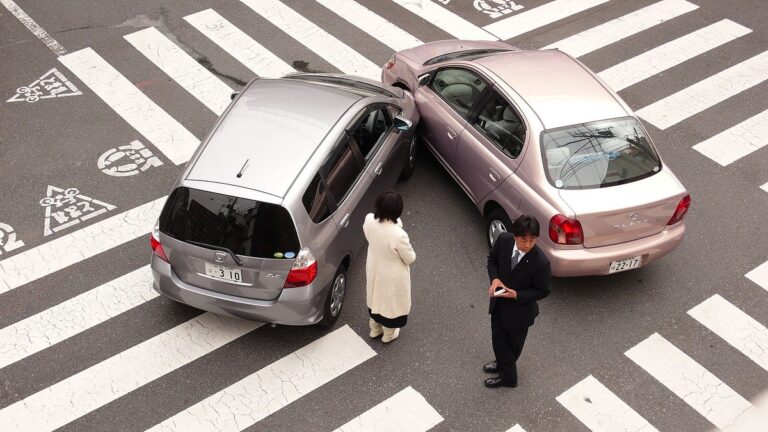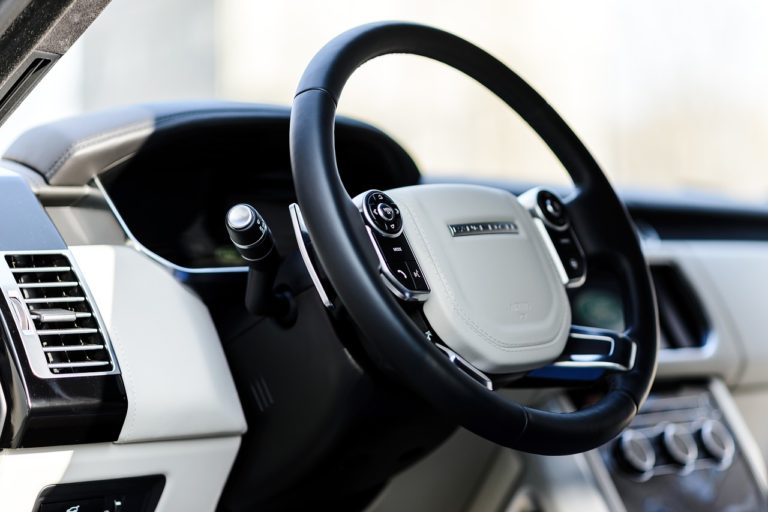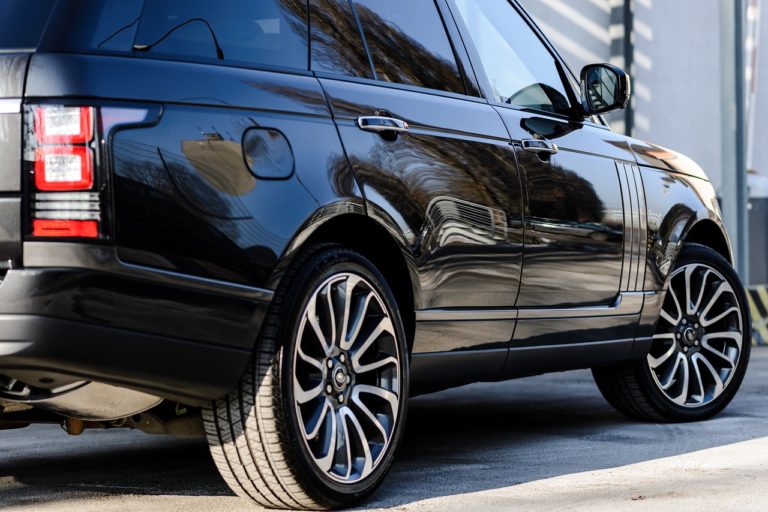3 Simple Ways Roll-off Vs. Tear-off Goggles Impact Biking Experiences
Goggles are a staple piece of safety gear for motocross riders. The goggles protect the rider’s eyes from dust, dirt, and debris and allow for clear vision during racing or weekend riding. Tear-offs and roll-offs alike allow riders to maintain the goggles’ lens by putting a layer of protection that can be easily removed when dirty.
Advancements in technology have given riders various options in goggle lens protectors, so which one is the best for racing? Below is information regarding each type of tear-off and the pros and cons of each for racing.
3 Simple Ways Roll-off Vs. Tear-off Goggles Impact Biking Experiences
Tear-off Goggle
Tear-offs are stacks of clear lens covers placed on the top of the goggles’ lens. Tear-offs are widely available at motocross retail stores such as https://www.100percent.com/pages/100-goggles. They usually come in stacks of 10 to 15, which is usually plenty to last the length of a normal race. However, while racing, the debris from riders often blows up and coats the tear-offs with dust or, in the case of mud races, mud.
So the rider will find a safe part of the track to let go of the handlebars with his or her left hand and tear off one of the lens covers. This allows a clear line of sight free from the obstructions caused by dust or mud. One of the main downfalls of tear-off goggle covers is what to do with them once they’re torn off. Most racers just let them go, which causes litter on the track and the need to pick them up after the race.
Roll-off Goggles
Roll-offs have the same job as tear-offs, and that is to keep the rider’s line of sight clear. Roll-offs come in a canister and are installed onto the goggles. The canister has a pull cord that must be pulled two times in order to clear the dirty lens cover and advance the clean one. Each canister holds approximately 25 roll-offs, which should be enough for a normal race.
However, racers will need to use them sparingly in the case of the muddy or extremely dry track because the process of pulling out of the race to install a new canister will cost precious time. The rider carefully considers the part of the track to advance the roll-off because it will require letting go of the handlebars. Most chose to perform the task in the air over jumps or smooth straightaway sections of tracks and trails.
Tear-off vs. Roll-off While Racing: Which One is Better?
Each racer will have their own preference when this question is asked. There are benefits and drawbacks to each. For instance, when it comes to muddy tracks from bad weather, the major consensus is that roll-offs are superior. As described above, tear-offs come in stacks of 10 to 15, whereas roll-offs have a canister of 25, double the amount that can be used.
In order to get that many lens protectors from tear off’s, it would require stacking two packages, which can cause foggy and unclear vision. A drawback to both types is the potential for water to get between the lenses, causing them the function improperly.
Tear-off technology has basically advanced as far as it can. The process and utilization of them are quite simple. They are put on the goggles and manually torn off when needed. However, the advancements in roll-offs have changed drastically over time. The most prominent one being Risk Racing Ripper.
This product is installed on the bike’s handlebars and allows the rider to push a button on the handlebars to advance a clear roll-off. This technology could be a game-changer for racers.
Tear-offs vs. roll-offs will always be the rider’s choice. However, with the advancements of roll-offs, it will likely only be a matter of time before they are the preferred option for racers.

